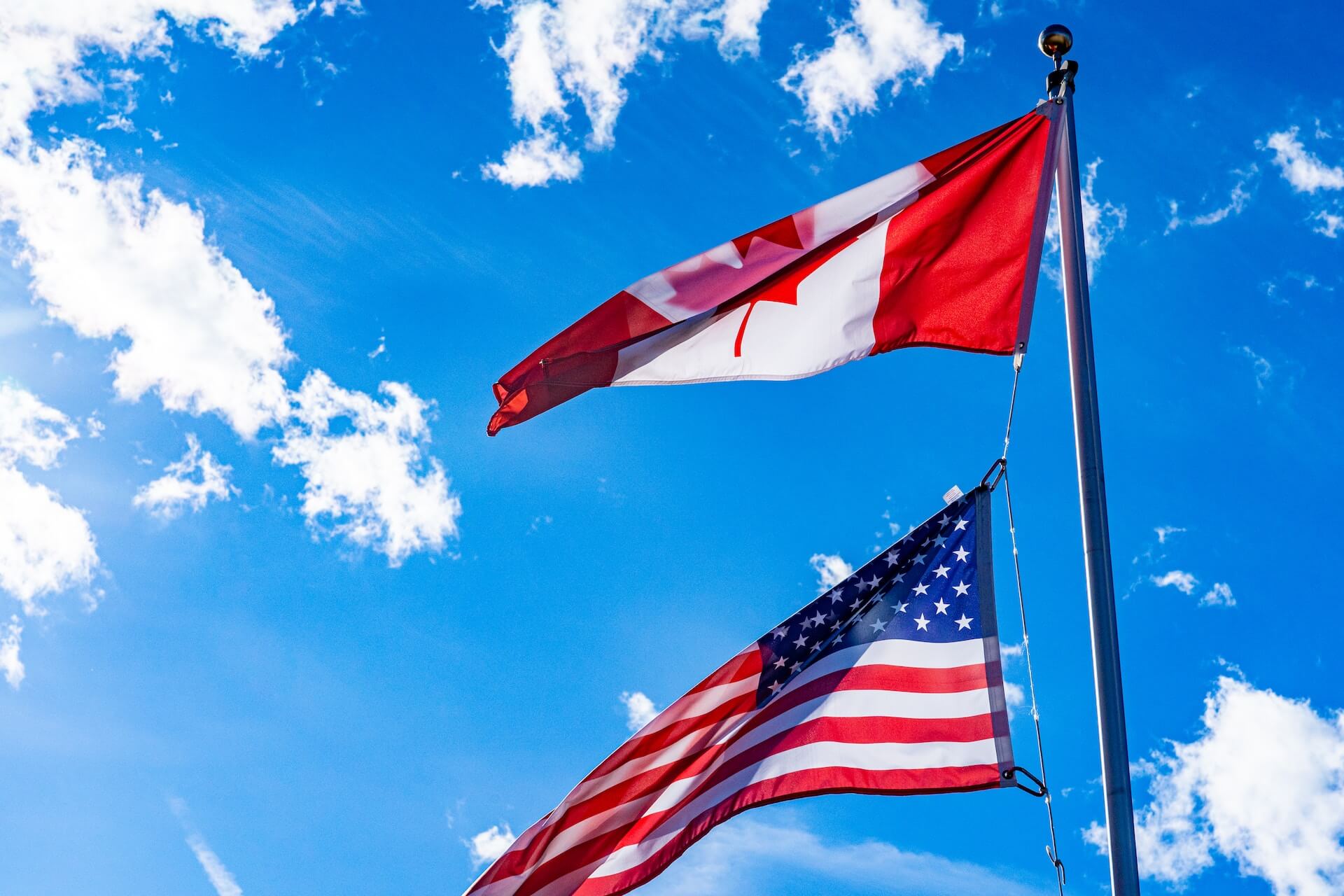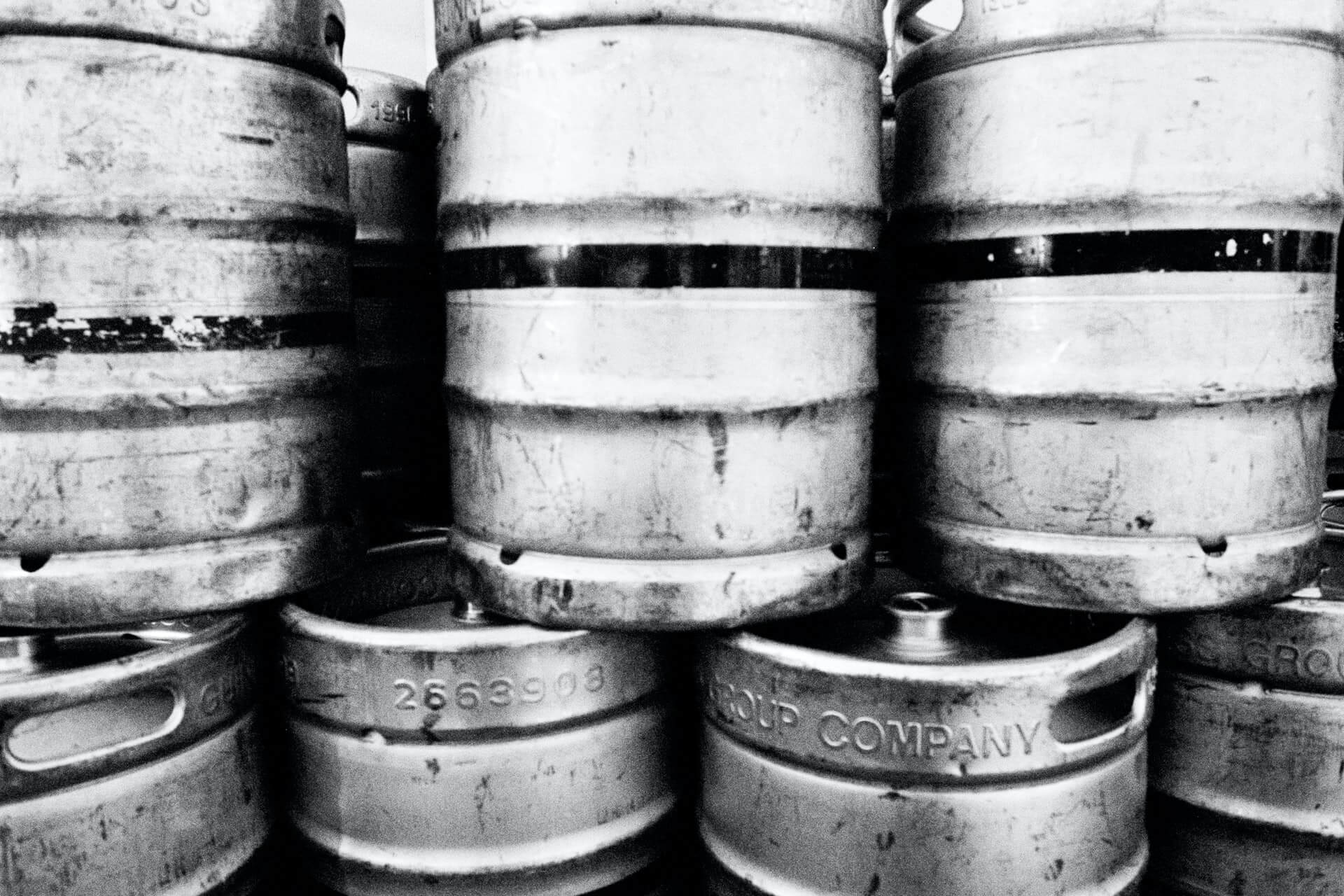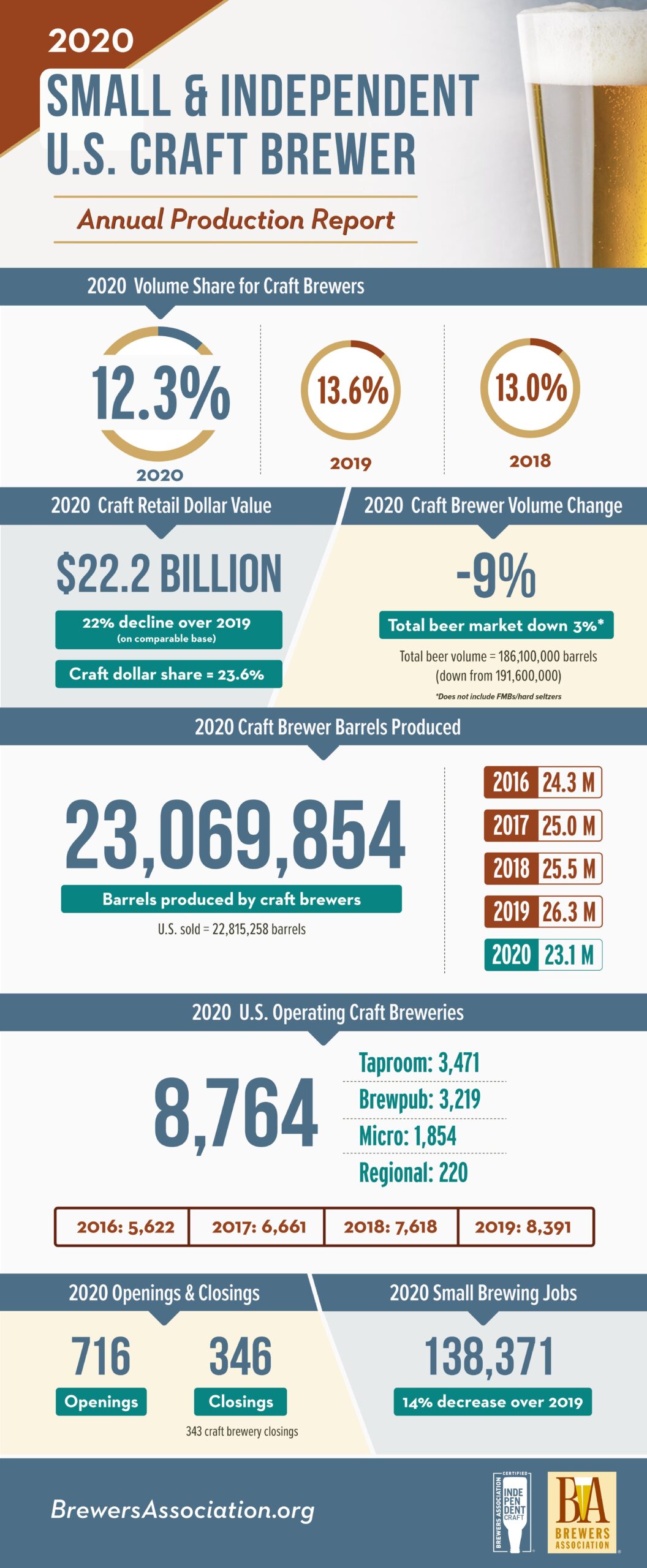Independents in the US & Canada: The Numbers
by David Klemt

Operators who wonder how many independent restaurants there are throughout America and Canada finally have their answer thanks to Datassential.
The well-known food and beverage research and intelligence platform’s recent infographic reveals the state of indies in both countries.
For the purposes of their infographic, Datassential splits restaurants into two overarching categories. One major category is full-service restaurants, the other is limited-service.
From there, the platform organizes restaurants into five segments: casual, QSR, midscale, fast casual, and fine dining.
To my understanding, QSR and fast casual fall under Datassential’s limited-service designation. Casual, midscale, and fine dining are full-service restaurants.
To review the infographic yourself, please click here.
Number of Indie Restaurants: America
According to Datassential, there are 483,885 independent restaurants in the US.
Of those restaurants, 57 percent are full-service. It follows, then, that 43 percent are limited-service.
Close to half—44 percent—of full-service restaurants in the US boast more than five years of being open. Just a quarter of limited-service restaurants (26 percent) can claim the same.
This does, anecdotally, make some sense. QSRs and fast-casual brands have been on the rise over the past couple of years. In fact, some casual chains are developing and launching QSR brands off the strength of the category.
Finally, 21 percent of full-service restaurants in the US see annual sales under $500,000. That number climbs to 27 percent for limited-service restaurants.
Now, let’s take a look at independent restaurants in Canada.
Number of Indie Restaurants: Canada
Per Datassential, there are a total of 59,914 independent restaurants throughout Canada.
The split between full-service restaurants and limited-service restaurants is just about even. Fifty-one percent of indie restaurants in Canada are full-service. Forty-nine percent are limited-service operations.
A little under 40 percent of full-service independent restaurants in Canada (36 percent) can say they’ve been operating for more than five years. That number is 28 percent for limited-service restaurants.
Interestingly, just five percent of independent full-service restaurants in Canada bring in less than $500,000 in sales annually. That number jumps to 34 percent when we look at the limited-service category.
Indie Restaurants by Segment
The breakdown of the five Datassential independent restaurant categories is the same for America and Canada.
Most independent restaurants in either country are casual. Following, in descending order of number of restaurants, are QSR, midscale, fast casual, and fine dining.
For America, the numbers are as follows:
- Casual: 37 percent
- QSR: 34 percent
- Midscale: 19 percent
- Fast casual: 9 percent
- Fine dining: 1 percent
And for Canada the breakdown is nearly identical:
- Casual: 37 percent
- QSR: 30 percent
- Midscale: 18 percent
- Fast casual: 14 percent
- Fine dining: 1 percent
There are eight times as many independent restaurants in America as there are in Canada. But as you can see, the industry segmentation by country is nearly the same.
Future independent operators can look at this information a few different ways. They can choose to join the most popular segments and differentiate themselves from the competition. They can look for and fill a need for an indie fast-casual or fine-dining concept. Or they can shoot for the middle and go midscale, a segment that’s gaining traction across several hospitality industry sectors.
For you own copy of Datassential’s infographic, follow this link.
Image: chris robert on Unsplash



